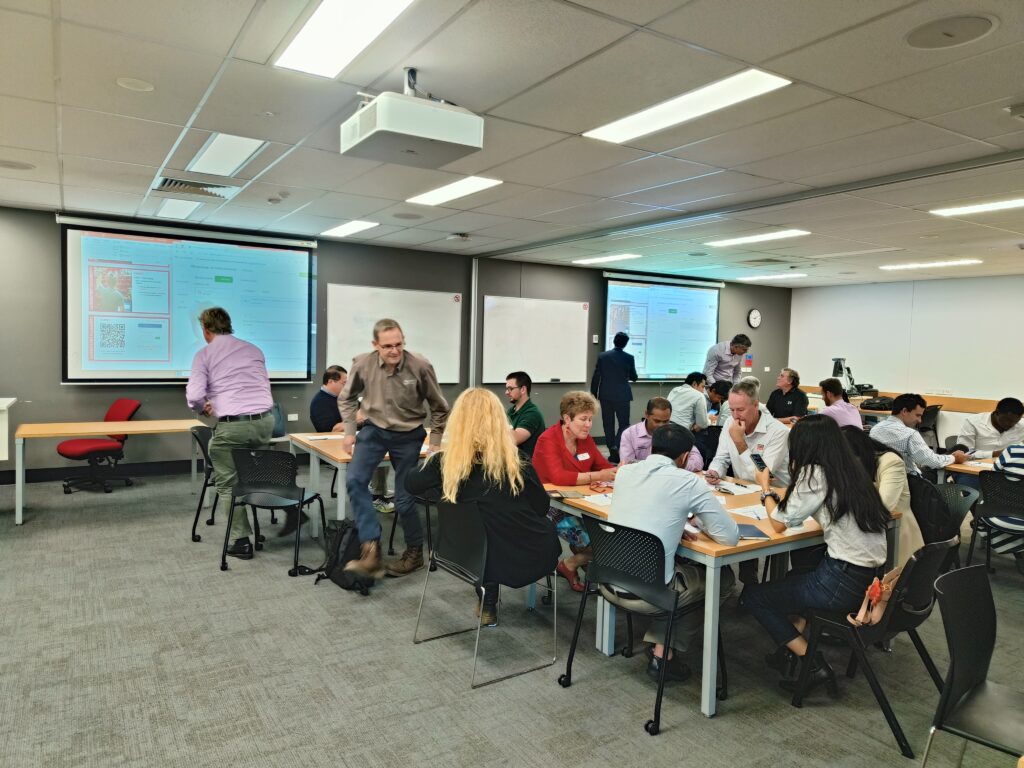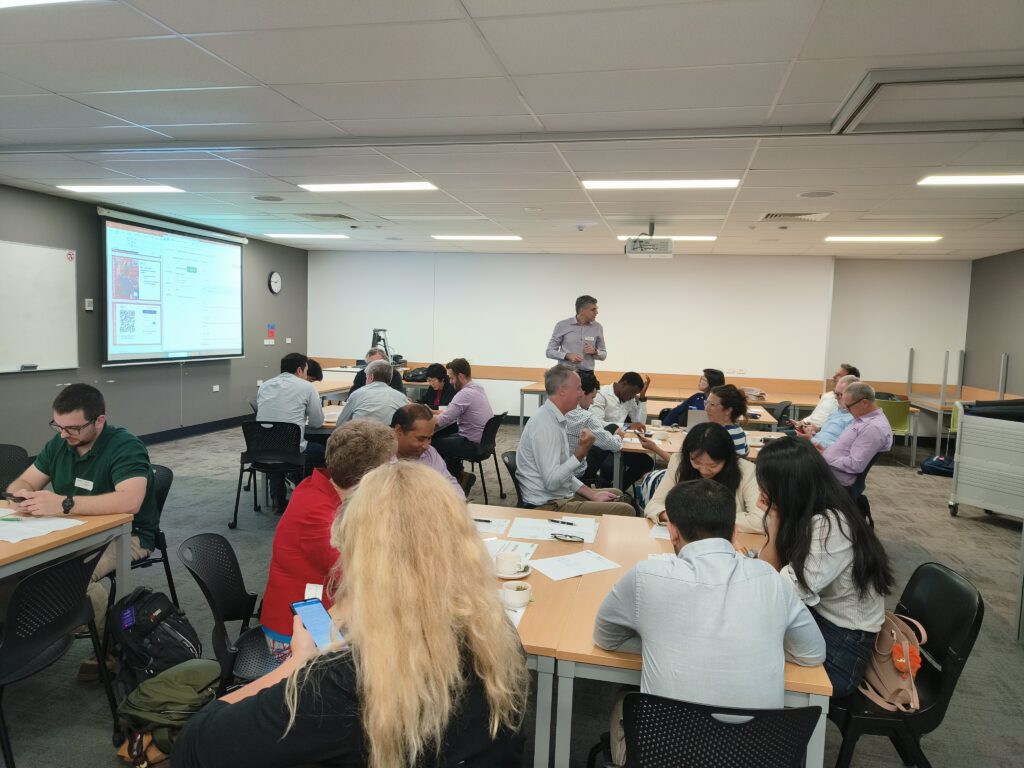Event date: September 13, 2024
Exploring Collaborative Solutions
During the second part of the Decarbonising the Building Industry (DBI) workshop, attendees participated in several engaging roundtable discussions. These discussions centered on developing practical strategies for using timber and other materials in sustainable construction, emphasizing collaboration and the need for standardized methodologies.

Roundtable 1: Developing a Unified Carbon Calculator for Timber and Building Projects
This group highlighted the need for a unified, validated carbon calculator that integrates seamlessly into Building Information Modelling (BIM) systems. They proposed a tool that can account for the carbon footprint of various timber products and allow designers to compare these against traditional materials like steel and concrete. The challenge lies in making such a tool simple, usable, and accessible to a broad audience, while ensuring that it can be audited and certified.
Roundtable 2: Promoting Timber Certification for Market Access
Discussions here focused on the complexities of timber certification and its role in gaining market access. While certification is essential for demonstrating sustainability, it remains a voluntary and resource-intensive process. The group discussed the potential of creating group forest management schemes to simplify certification for small landholders, drawing inspiration from successful European models. This approach could expand the availability of certified timber without placing undue burden on small producers.
Roundtable 3: Bridging the Gap in Life Cycle Analysis (LCA) Tools for Timber
The focus of this discussion was on standardizing methodologies for measuring embodied carbon and biogenic carbon in timber products. Participants debated the need for more transparent and consistent tools, such as Environmental Product Declarations (EPDs), that can effectively communicate the value of low-carbon materials like timber. The key takeaway was the importance of separating embodied carbon from biogenic carbon in LCA tools, ensuring that these values are communicated clearly to industry stakeholders.
Roundtable 4: Hybrid Solutions: Integrating Timber with Steel and Concrete
This group explored the potential for hybrid construction methods that combine timber with steel and concrete. They discussed the competitive nature of these materials but proposed a collaborative approach where timber is used to displace unnecessary concrete and steel, particularly in non-structural elements. The idea of hybrid structures—such as those using timber for floors and steel for roofs—could offer a balanced solution that minimizes carbon while maintaining structural integrity.
Roundtable 5: Accelerating Timber Adoption through Government Policies
Participants at this table focused on the role of government policies in encouraging the use of timber in public housing and infrastructure projects. They highlighted successful case studies, such as a Queensland government project where timber was integrated into housing commissions. The group proposed that government policies could mandate a minimum percentage of timber use in public projects, thereby accelerating the adoption of sustainable building materials.

The roundtable discussions at the DBI workshop revealed several common themes: the need for standardization in measuring carbon emissions, the potential for hybrid construction methods, and the importance of government policy in driving market demand for timber. Collaboration between industries, particularly timber, steel, and concrete, will be crucial to reducing the construction sector’s carbon footprint. Moreover, standardized tools like EPDs and carbon calculators must be made more accessible to ensure that sustainable choices are both measurable and feasible for designers and builders alike.

